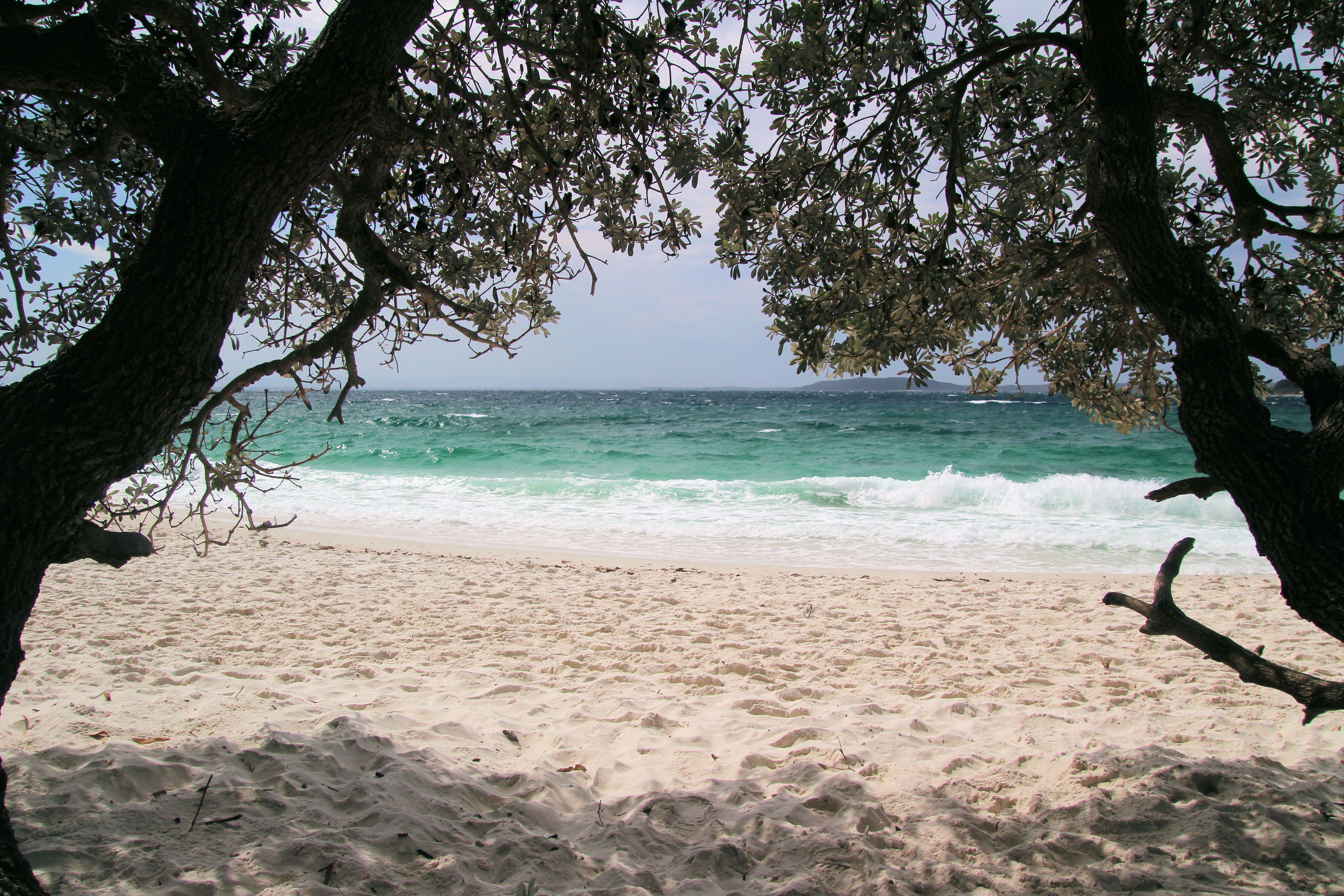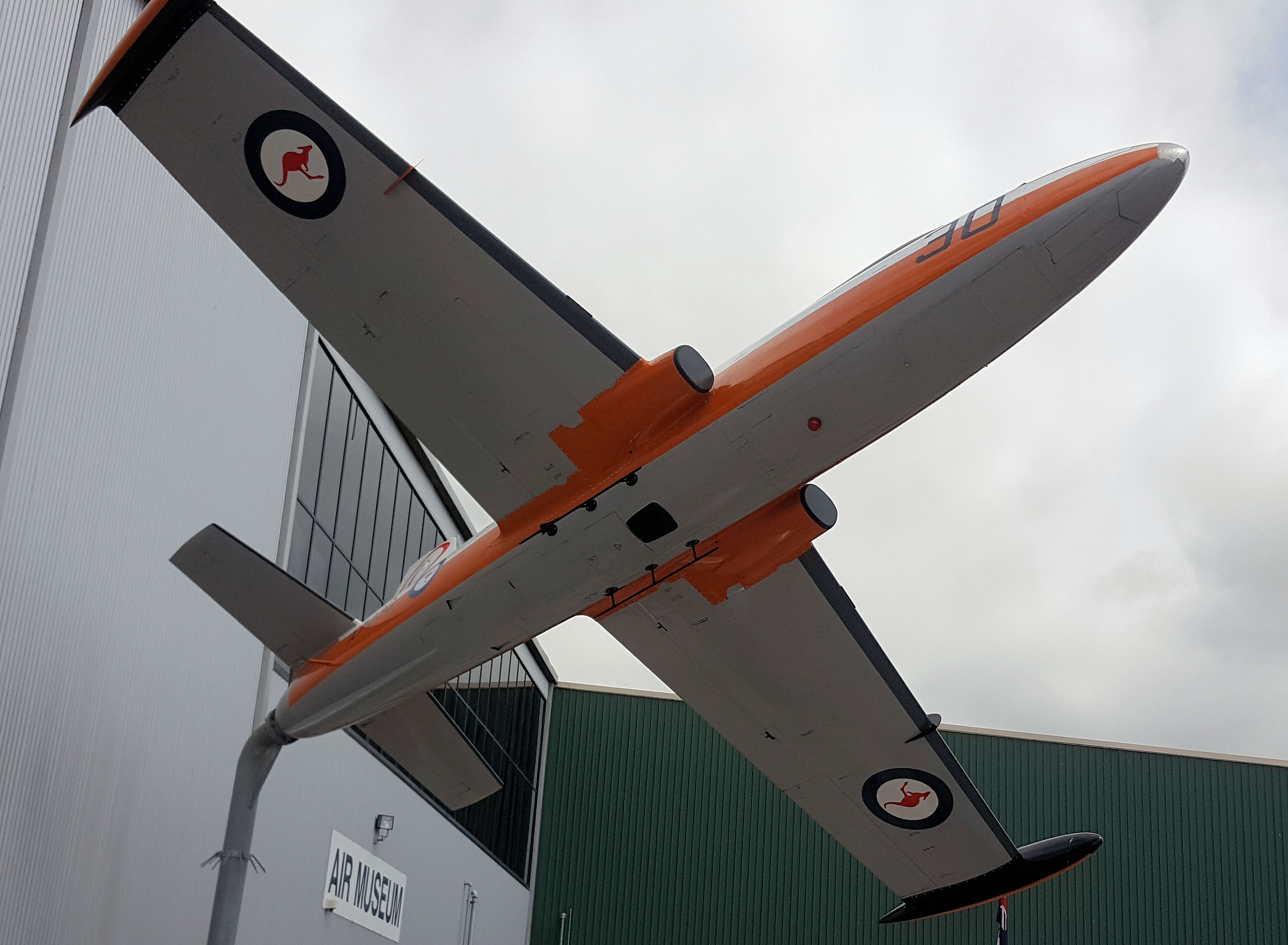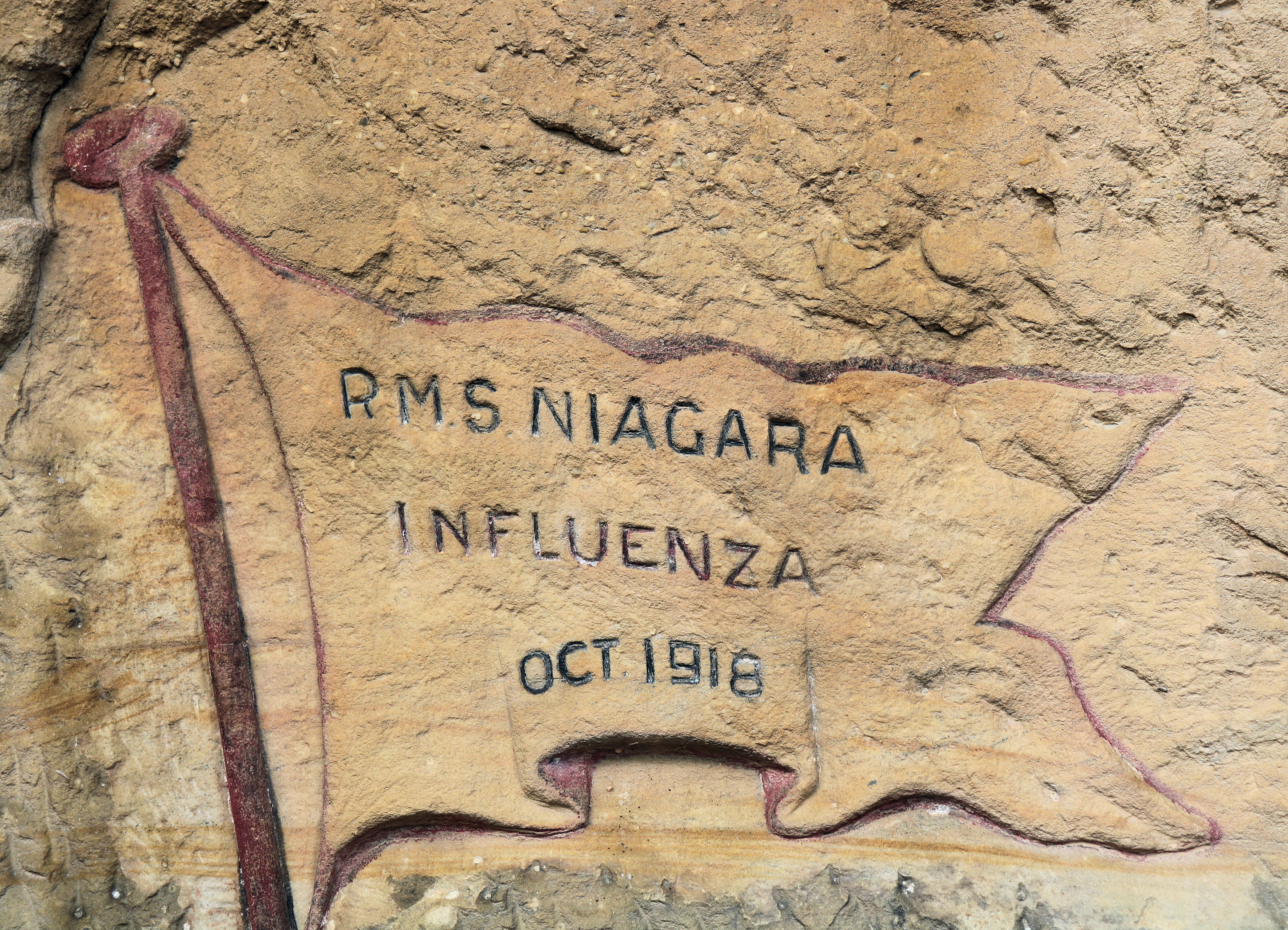Tag: NSW
-
Jervis Bay

Jervis Bay Located a three-hour drive south of Sydney, Jervis Bay is one of Australia’s most popular holiday destinations. The abundance of white sandy beaches, bush and accommodation makes it a great place to enjoy a relaxing break. With two national parks, there’s plenty of places for nature lovers to explore. Beecroft Peninsula Forming the… Read more
-
HARS Aviation Museum Wollongong Australia

HARS Aviation Museum Located at Albion Park, near Wollongong, HARS (previously Historical Aircraft Restoration Society) is a volunteer based aviation museum, housing one of Australia’s best collections of aircraft. Well sign posted, with on street parking outside the entrance, it is easy to find, with the massive Boeing 747 being visible from some distance. Guarded… Read more
-
North Head Quarantine Station Sydney

North Head Quarantine Station An important part of Sydney’s past, North Head Quarantine Station once protected the city from disease by acting as the quarantine station from early in the colonies founding until 1984. Although now disused, and renamed Q Station, it contains accommodation and a restaurant, while preserving the historical significance of the area.… Read more